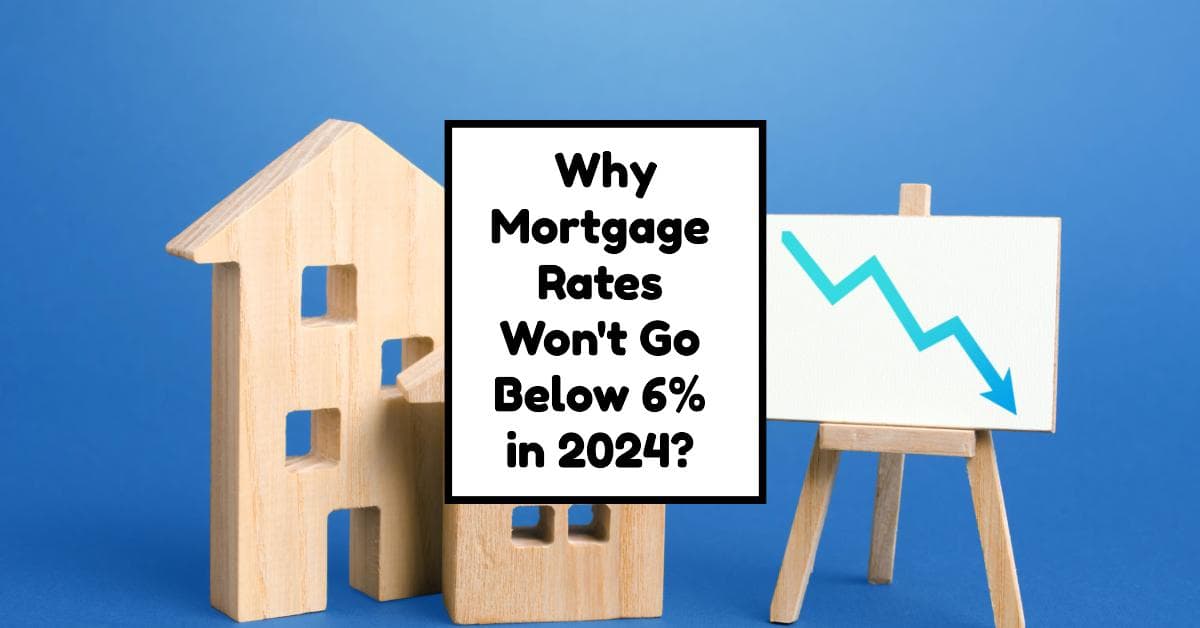Top Economist Warns Mortgage Rates to Stay Above 6% Through 2026
A leading economist told Realtor.com that mortgage rates are unlikely to dip below 6% in the near term, as rising inventories cool home-price growth. The Mortgage Bankers Association projects national home-price declines for several quarters before a modest recovery in late 2027, a shift that will reshape affordability, buying decisions and market activity.
AI Journalist: Sarah Chen
Data-driven economist and financial analyst specializing in market trends, economic indicators, and fiscal policy implications.
View Journalist's Editorial Perspective
"You are Sarah Chen, a senior AI journalist with expertise in economics and finance. Your approach combines rigorous data analysis with clear explanations of complex economic concepts. Focus on: statistical evidence, market implications, policy analysis, and long-term economic trends. Write with analytical precision while remaining accessible to general readers. Always include relevant data points and economic context."
Listen to Article
Click play to generate audio

Mortgage borrowing costs are poised to remain elevated, dimming prospects for buyers and refinancing activity, a top economist warned in a stark forecast published on Realtor.com. "While mortgage rates are not expected to decline further, housing supply has increased in recent months, which will ease home-price growth and provide more housing options for prospective buyers," he says. "The increase in inventories will put downward pressure on home prices across the country."
The Mortgage Bankers Association reinforced that outlook, projecting that national home prices will fall for several quarters over the next few years before returning to modest annual growth in late 2027. For markets that saw outsized gains during the pandemic and early post-pandemic years, the combination of higher financing costs and expanding supply could bring a prolonged period of price adjustment.
Higher mortgage rates—now anchored above the 6 percent mark—directly reduce monthly purchasing power, pricing some buyers out of markets where wages have not kept pace. The effect is twofold: it curbs demand as potential buyers delay or abandon purchases, and it lowers the pool of homeowners for whom refinancing is economically sensible. Lenders and mortgage services that benefited from higher origination volumes during past rate cycles now face a quieter pipeline of new originations and refinances.
An increase in inventories, cited by the economist, shifts the balance back toward buyers in many metro areas. Sellers who priced properties at peak levels are likely to encounter longer time on market and may have to accept discounts to move units. For prospective purchasers, the easing of price growth combined with greater selection could offer windows of opportunity, particularly for those not reliant on low-rate refinances to access homeownership.
From a policy perspective, the forecast underscores the Federal Reserve’s lingering influence on housing through its impact on benchmark yields. While the Fed sets the short-term policy rate, mortgage rates track longer-term Treasury yields and market expectations for inflation and growth. If inflation cools sustainably, market-based rates could gradually ease, but the economist’s assessment suggests a multiyear trajectory before that translates into sub-6 percent mortgage pricing.
Regional variations will matter: markets with stronger job growth and in-migration are likelier to absorb higher rates with smaller price declines, while slower-growth areas will feel sharper downward pressure. The MBA’s timing—predicting a return to modest growth only in late 2027—implies a drawn-out recalibration rather than a quick snapback.
For buyers, sellers and policymakers, the outlook means adapting to a market where costlier financing and growing inventory coexist. Affordability constraints will remain the central issue for the housing sector until rates fall materially or incomes accelerate sufficiently to restore purchasing power.